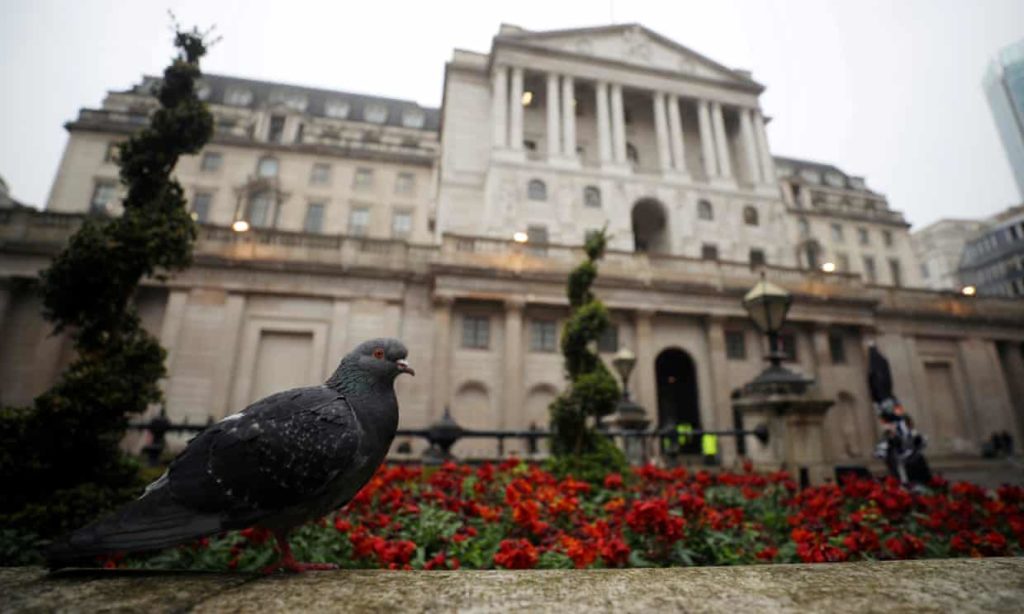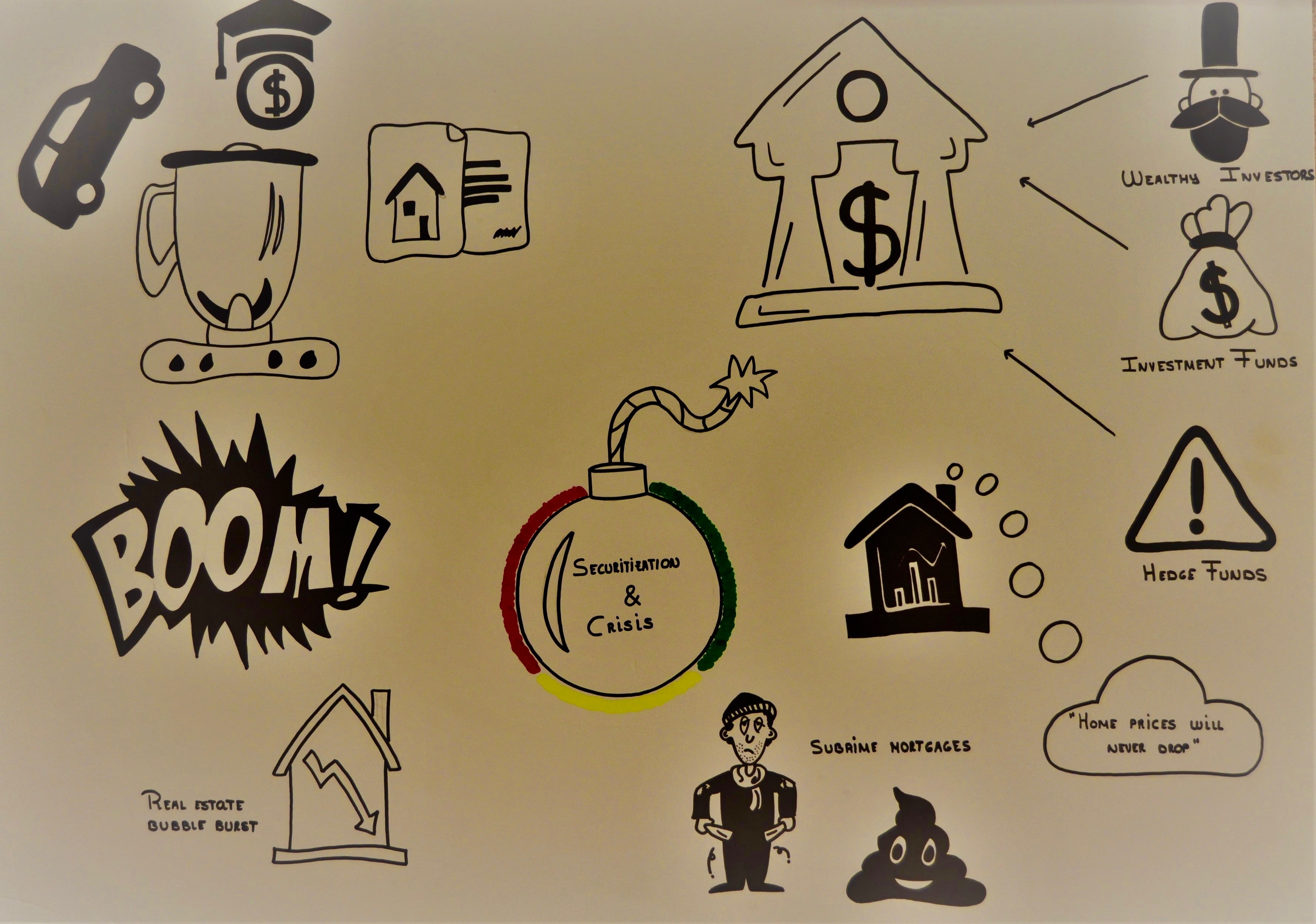
Banks have continued trimming the top rates available to savers
Link: Interest rate rot hits regular-saver accounts
Author: Sam Baker
Date: 14th October 2019 / 5:30pm
Media: The Telegraph (UK)
What happened?
British banks are lowering interest rates on the top regular-saver accounts, due to financial problems arising from the country’s political and economic situation (Brexit). Consumers are affected because banks only benefit those accounts that have monthly cash income.
Whom and where it affects?
The protagonists of this news are the private banking and consumers. The news is located in the United Kingdom.
What sort of public or private institutions are involved?
The public institution involved in this news is the Bank of England. There are private banks that also appears in the news such us: M&S Bank, HSBC, First Direct, Nationwide, and Virgin Money.
Why is it important for Banking and Finance?
This news is very important for Banking and Finance, because it reflects how the concept of “savings account” is losing its meaning. If rate cuts continued: where is the consumers’ savings? If this trend continues, we would end up paying interest rates for maintaining a savings account.
What do you think will be the consequences in the foreseeable future?
The imminent Brexit as well as a possible global crisis are factors that can lead to zero (or even negative) interest rates. With this low interest rate policy, savers will lose: they will see how their deposits will barely be remunerated, in cases of companies, banks will start charging their large clients for saving their money. This is something that is already happening throughout the European Union. On the other hand, low interest rates will benefit debtors, as it allows them to pay less for their debts. In addition, the new loans will be cheaper.
Key words:
Regular-saver accounts, Brexit, consumers, banks, cash income, private banking, the Bank of England, savings account, rate cuts, trend, zero interest rates, low interest rate policy, deposits, debtors, loans.



